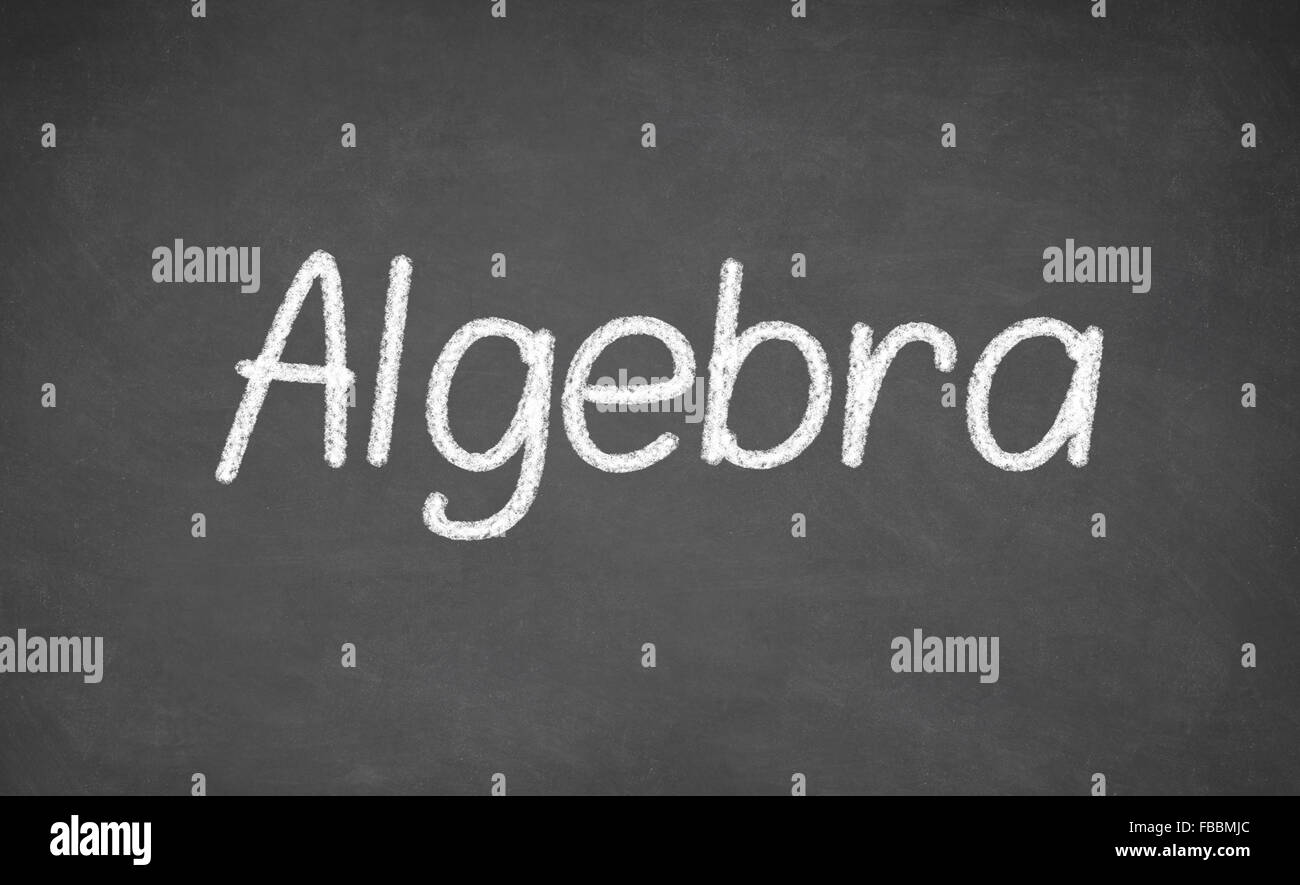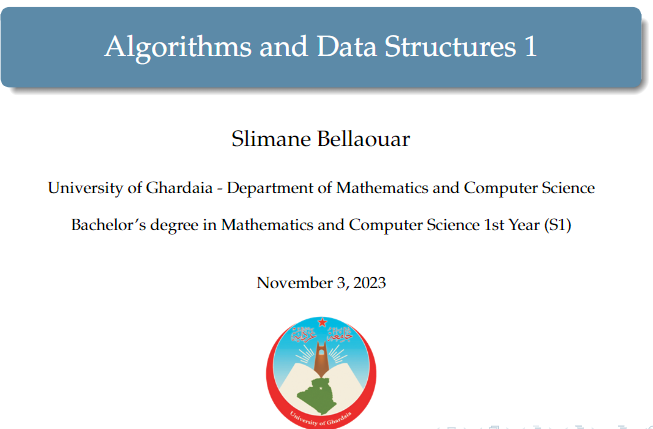Algorithms and Data Structures 1 is a foundational course in computer science that introduces fundamental concepts for designing efficient algorithms and organizing data. It covers the core principles that underpin much of modern software development.
- Enseignant: بالاعور سليمان

The course, Analysis I, is a fundamental module designed to introduce students to key concepts in mathematical analysis. It consists of five chapters:
- The Field of Real Numbers
- Sequences of Real Numbers
- Real Functions
- Differentiable Functions
- Elementary Functions
The course aims to familiarize students with the tools and concepts needed to study real-valued functions and sequences, focusing on limits, continuity, and differentiation.
- Enseignant: CHELLAOUA Houria

- Enseignant: SAIDI Ahmed

Algebra is a field of mathematics that enables us to express the properties of operations and the treatment of equations and results in the study of algebraic structures. Depending on the level of study considered, it can be described as: general algebra (abstract) and linear algebra. Abstract algebra is concerned with:
⋅ Generalized arithmetic, extending the usual operations on numbers to different objects or quantities,
⋅ Equation and polynomial theory,
⋅ Algebraic structures.
For the second part, historically linear algebra began with the study of linear systems. Approached as early as 1678 by Leibnitz, Maclaurin in 1748 gave formulas for solving two or three unknowns, completed in the general case by Cramer in 1754
In view of the interest of this vast field of mathematics, we propose this document be considered as a series of solved exercises distinguished to students of 1st year Mathematics and Informatics, this document is composed of nine chapters, the first begins with logic and sets, which are fundamental in mathematics, then binary relations defined on a set are presented, followed by the study of algebraic structures and the polynomial ring, In the linear algebra section, we start with vector spaces, then linear maps, matrices and finally determinants and systems of linear equations.
This document is organized as follows: in each chapter, a general reminder of the notions required in the chapter is given, followed by a series of solved exercises
- Enseignant: GUERARRA Sihem

